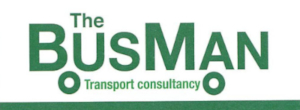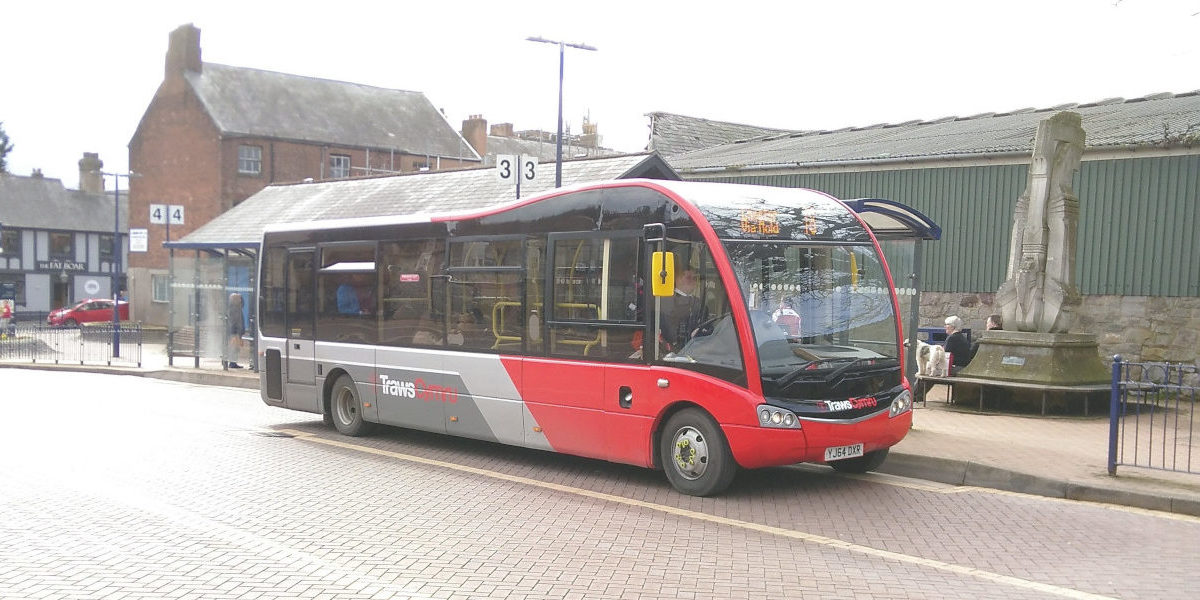One thing you notice as you get older is that your memories pre-date those of most of your work colleagues. Why is the security code for the office front door 1986? Is that number significant?
If I really search my memory bank, I can remember when Crosville Motor Services were able to subsidise loss-making bus services in rural Wales from the profits they made in urban north west England. I can certainly remember when the bus you waited for in Manchester could be the blue of Rochdale Corporation, the red of Manchester City Passenger Transport Department, the maroon of Oldham Corporation or the red and white of North Western Road Car Company. There was no confusion – people knew they just had to look for the service number on the front.
I started work with West Midlands Passenger Transport Executive when the different colours of the bus operators in the West Midlands had been combined into the blue and cream of the PTE. The creation of a single integrated public transport network was the goal. The symbol of this was the multi-modal, multi-operator Travelcard ticket. In the schedules office we were focused on successive schemes to integrate bus and train services at stations like Solihull, Cradley Heath and Stourbridge Junction. We combined former Corporation and Company bus services to provide single, more frequent services between places like Walsall and Birmingham and Birmingham and Sutton Coldfield.
Then came talk of de-regulation. Almost with a single voice, existing bus operators opposed the idea. I wrote a letter explaining how it would undermine the operations of the small family owned company of which I was manager at the time. Some years later my boss at Clwyd County Council produced a copy of the same letter. He had got hold of it and kept it, believing it was the definitive argument against de-regulation. But de-regulation happened: there were no more block grants from local authorities to incumbent operators to maintain networks; there was no centralised planning of integrated transport. Instead innovation, market forces, open access, local authority subsidised services to fill the gaps were the new norm. Like the stages in the development of rivers through youth and maturity to old age that I had learnt about in geography, so the de-regulated bus market has moved from youth – vigorous competition, the strong wiping out the weak, dubious on the road practices – to maturity, the creation of big groups controlling territories – to old age, a new status quo.
So what will be the next development? Will franchising, or enhanced partnerships be the next chapter in the story? Is one of them the panacea for the bus industry?
A word of caution before we try another way of running buses: the way in which buses are regulated is an irrelevance.
If I go back to the pre-PTE days and then move forward through the changes I have described, there is one constant: an on-going, relentless decline in bus patronage. From the glory days of over loaded buses in post-war Britain through to today, the number of bus passengers has steadily declined and, I would repeat, arguing about whether regulation, franchising or further de-regulation is the answer is an irrelevance.
It will make no difference to the bus struggling to get across Warrington Bridgefoot into the Town Centre, through endless streams of traffic, whether the bus industry is regulated, de-regulated or franchised – if nothing is done about congestion and prioritisation of road space.
Are local councils, national government and regional bodies really serious about the economic health of town centres, about air quality, climate change, accessibility, social inclusion? If they are, then they need to be serious about the central role of the bus and give the bus the priority it deserves. What will make the bus the option of choice will be a reliable, punctual, direct service, that is given priority over single occupancy vehicles.
If over 30% of those working, shopping and playing in town centres travel in by bus, as research shows is the case, is it not logical that buses should have sole access to 30% of the road space? Work recently carried out for Greener Journeys by Arup indicate that the creation of bus priority measures have significant social, environmental and economic benefits. But when such measures are considered by local authorities, there seems to be confusion about what “priority” means. If you look for a definition of “priority” you find “a thing that is regarded as more important than others.” In relation to transport “the right to proceed before other traffic.” Yet in my experience an authority will only implement bus priority if the impact on other traffic is neutral. How is this ”priority”? How is this ”regarding buses as more important than other traffic”? Bus lanes have a very bad press. There are regular headlines in newspapers about local authorities raking in money from fines from unauthorised use of bus lanes, as if it is the local authority acting illegally, not the motorist. The implementation of genuine, enforced bus priority requires brave decisions from politicians and, as Sir Humphrey Appleby made clear in “Yes Minister”, brave decisions are not popular.
However, these brave decisions need to be made, and the reasons for them explained and justified. One of the ten steps towards reversing climate change is increased use of public transport. For many that means the bus, and the bus needs priority access to available road space to be a viable, acceptable alternative to the private car. That is much more relevant than how bus services are regulated.





